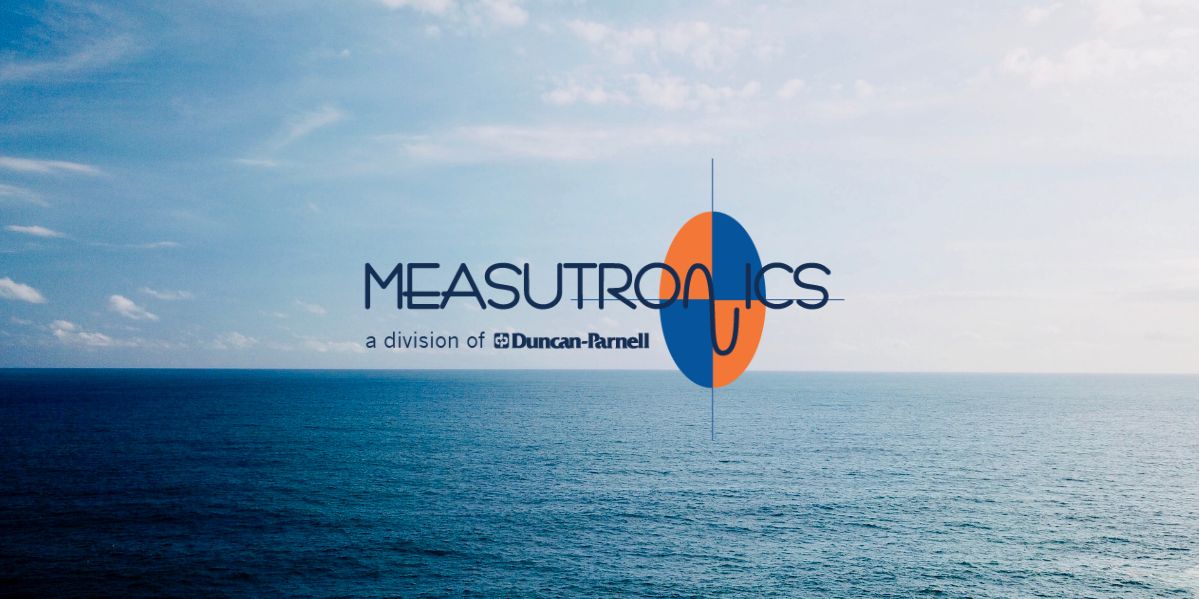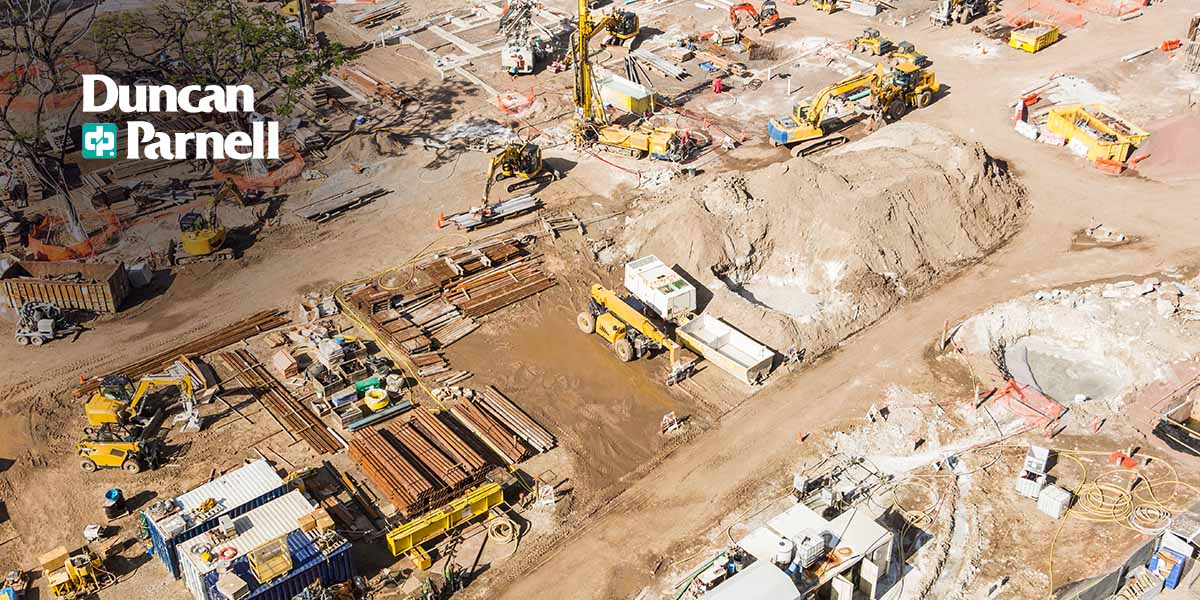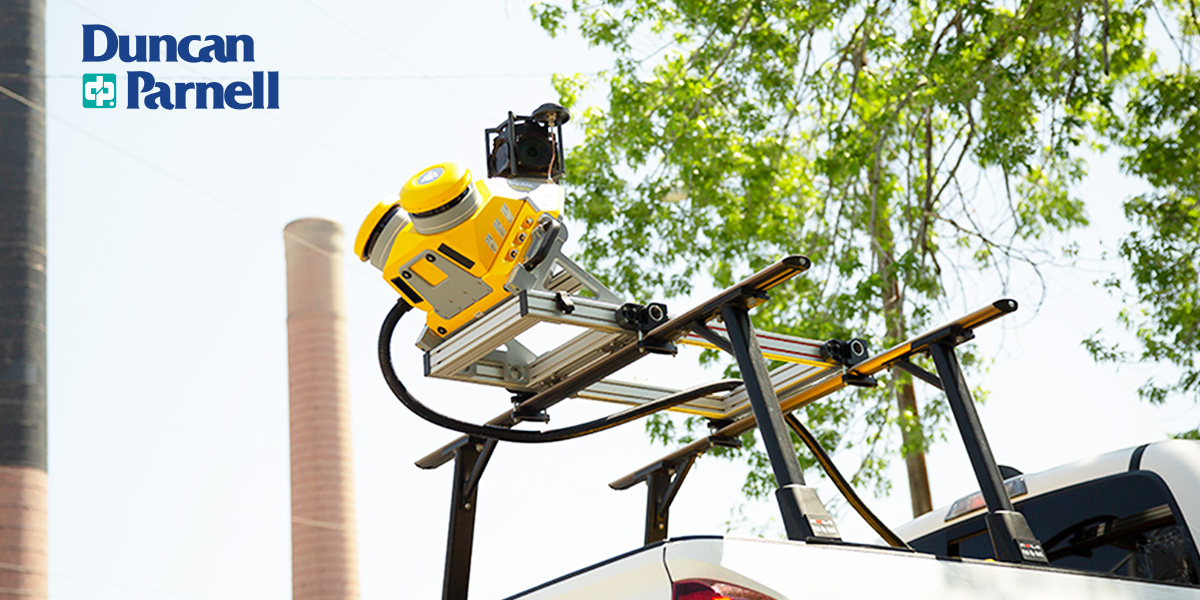1/28/2025 1:21 PM
Drones are small unmanned aerial vehicles (UAVs) that are often equipped with cameras and sensors to capture images, videos, or data from the air. They can fly at different altitudes and cover large areas quickly, making them efficient for...
1/22/2025 2:34 PM
We are excited to announce that Duncan-Parnell has expanded its technology portfolio with the acquisition of Measutronics, a leading provider of advanced guidance and positioning solutions in marine construction, dredging, and specialty construction.
This acquisition further strengthens our...
Read More
This acquisition further strengthens our...
11/19/2024 1:08 PM
Your business's ability to deliver on its value proposition and make a profit relies on its assets. Those assets could be machines, equipment or structures. You probably also use non-physical assets like software and intellectual property. Whichever assets...
Read More
Posted By: tmoore
11/19/2024 12:42 PM
Contractors, technicians, and operators must take precautions when working on projects. Utility mapping avoids injuries and costly damage to subsurface elements. While the process can be challenging, advanced tools simplify it.
This guide discusses various utility mapping techniques, typical...
Read More
This guide discusses various utility mapping techniques, typical...
Posted By: tmoore
Tags
geospatial
drones
partnership
signage
signs
trimble
mapping
printing
acquisition
printers
safety
training
print
signs graphics
wallcoverings
graphics
section 179
surveying
construction
software
habitat for humanity
equipment
regulations
lidar
uas
branches
gis
partner
gnss
event
marine construction
trimble technology
tax
saving
duncanparnell
wilmington
copycat
rentals
inspection
guide
mobile
custom signage
ecofriendly
wideformat
production
technical
drone
technology
automation
design
tips
ada
requirements
survey
yellowscan
payloads
epson
homebuilders
real estate
pantone
solutions
move
monitoring
hp
streamline
homebuilder
productivity
hp wide format
lower costs
community
webinar
tools
water utility
exterior
creativity
branding
custom graphics
gps
spoofing
jamming
Signs
Safety
scanning
customer
company news
Show All
Posts
2025
2024
November
2023
Why Utilize an Asset Life Cycle Management System
[11/19/24 01:08 PM]
Utility Mapping & Why It's Important | Duncan-Parnell
[11/19/24 12:42 PM]
October
August
Duncan-Parnell Announces the Acquisition of Wilmington’s Copycat Print Shop
[08/12/24 12:00 AM]
Duncan-Parnell Joins DreamScape's Print Provider Network
[08/01/24 03:23 PM]
July
Renting vs. Buying Surveying Equipment: What Is Best for Your Business?
[07/30/24 03:47 PM]
Uncovering the Value of GIS-Enabled Construction Inspection
[07/09/24 04:20 PM]
June
Duncan-Parnell Partners With gNext
[06/18/24 11:10 AM]
Drone Regulations and Compliance Overview
[06/04/24 12:00 AM]
May
How to Choose the Right Drone for the Job
[05/28/24 12:00 AM]
Guide to Mobile Mapping Solutions
[05/21/24 02:48 PM]
Eco-Friendly Options for Custom Signage
[05/14/24 03:23 PM]
Production Printers vs. Technical Printers vs. Wide-Format Printers
[05/07/24 04:06 PM]
April
March
Signage Trends and Emerging Technologies in 2024
[03/14/24 11:07 AM]
Expert Tips for Getting Your Graphic Ready to Print
[03/07/24 12:52 PM]
February
July
2022
Duncan-Parnell Partners with YellowScan to Expand Customer Access to Cutting-Edge LiDAR Solutions
[07/19/23 02:26 PM]
Duncan-Parnell Expands Print Offerings with the Epson WorkForce Enterprise AM Series
[07/12/23 02:43 PM]
June
February
December
2021
Pantone is Still the Standard
[12/20/22 11:03 AM]
Duncan-Parnell Announces the Acquisition of Precision Products
[12/02/22 11:23 AM]
November
A Guide To Using Drones and LiDAR Technology for GIS Mapping
[11/14/22 01:37 PM]
Duncan-Parnell Adds Move Solutions to Structural Health Monitoring Product Line-Up
[11/09/22 02:06 PM]
Take advantage of Section 179 - up to $1 million limit for 2018
[11/06/22 02:21 PM]
Public Utility Provider Reduces Costs and Meets Tight Timeline with HP Printers
[11/04/22 03:05 PM]
October
Section 179 Tax Deduction
[10/27/22 03:15 PM]
Tips for Choosing the Best Drones for Surveying
[10/04/22 12:00 AM]
Beyond the Highway: How All Asset Managers Can Reap the Benefits of Mobile Mapping
[10/03/22 10:00 AM]
September
Homebuilder Streamlines Signage Process with One Dependable Partner
[09/30/22 10:09 AM]
Civil Engineering Firm Upgrades Print Speeds & Quality
[09/15/22 12:00 AM]
Duncan-Parnell Partners with Habitat for Humanity for Its Eighth Home Build
[09/08/22 03:45 PM]
August
July
April
March
February
December
November
2020
2019
2018
Work Smarter with Microdrones: End-to-End UAV Solutions to Improve Your Workflows
[11/29/21 12:10 PM]
Building Brands Through Creative Signage
[11/19/21 11:11 AM]
Trimble Automated Monitoring: Best Practices & Lessons Learned
[11/02/21 03:19 PM]
August
Charlotte Brewery Uses Signage to Bring Brand to Life
[08/19/21 08:42 AM]
Small Business Uses Point of Purchase Signs to Grow Brand Awareness & Boost Sales in Major Retail Stores
[08/11/21 10:51 AM]
Duncan-Parnell Adds Microdrones Surveying Drones to Geospatial Product Offerings
[08/03/21 01:00 PM]
June
Elevation Church Uses Signage to Elevate Guest Experience
[06/23/21 02:57 PM]
Take the Hassle Out of Your Bid Process
[06/11/21 03:42 PM]
April
November
April
March
2017
How Is 3D Laser Scanning Used in Land Surveying?
[03/09/18 12:00 AM]
Three Ways GNSS Surveying Can Benefit Your Next Project
[03/09/18 12:00 AM]
February
January
December
2016
Trimble Announces NEW, Value-Added Features For Trimble Protected Plus Plans For Trimble Access
[12/14/17 07:07 AM]
The Value of 3D Scanning
[12/06/17 11:49 AM]
November
Training Event: Zeb-Revo GeoSLAM 3D Scanner & Related Software
[11/28/17 08:13 AM]
Wrapping A City Block!
[11/17/17 01:18 PM]
Embrace the Challenge
[11/02/17 01:52 PM]
October
Use Trimble Terraflex Plug-in to Streamline Office to Field Workflows in ArcGIS
[10/27/17 09:10 AM]
TBC Power Hour - Legal Description Writer
[10/23/17 03:31 PM]
Customer Spotlight: R. Joe Harris & Associates, Inc.
[10/20/17 10:56 AM]
Duncan-Parnell named to 2017 N.C. Mid-Market Fast 40 list
[10/13/17 11:10 AM]
Duncan-Parnell Technology Symposium has a WINNER!
[10/12/17 01:41 PM]
Duncan-Parnell Hosts Technology Symposium 2017
[10/09/17 01:33 PM]
May
April
Trimble V10 Field Experience – An Interview with the Charlotte, NC Water Department
[04/18/17 08:11 PM]
McLeod Plantation: Digitally Documenting Historic Sites
[04/18/17 06:45 PM]
Trimble R8 Field Experience – An Interview with Surveying Solutions
[04/18/17 06:01 PM]
Jobie Hill: Saving Slave Houses
[04/18/17 03:27 PM]
Habitat for Humanity, A Story of Hope
[04/18/17 11:24 AM]
Complex modeling of 1866 iron dome of the US Capitol
[04/18/17 09:59 AM]
70 Years of Success | Duncan-Parnell
[04/18/17 12:00 AM]
December
Clark Nexsen experience with GEO 7X and Duncan-Parnell training services
[12/21/16 09:24 PM]
Duncan-Parnell produces custom graphics for CBS’s TV show “The Inspectors”
[12/21/16 09:19 PM]
Duncan-Parnell Granted FAA Section 333 Exemption
[12/21/16 08:42 PM]
blog_post/duncanparnell-sponsors-2nd-habitat-house-build-in-raleigh-nc
[12/12/16 02:12 PM]





